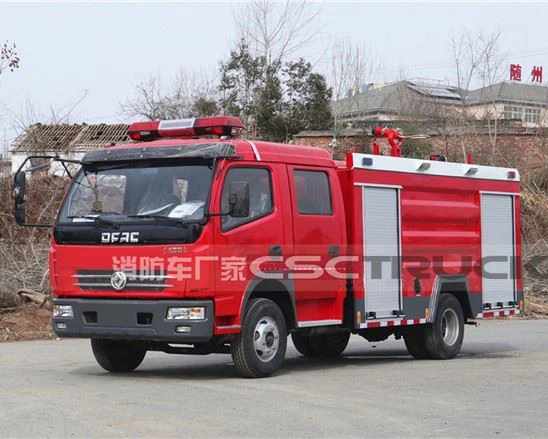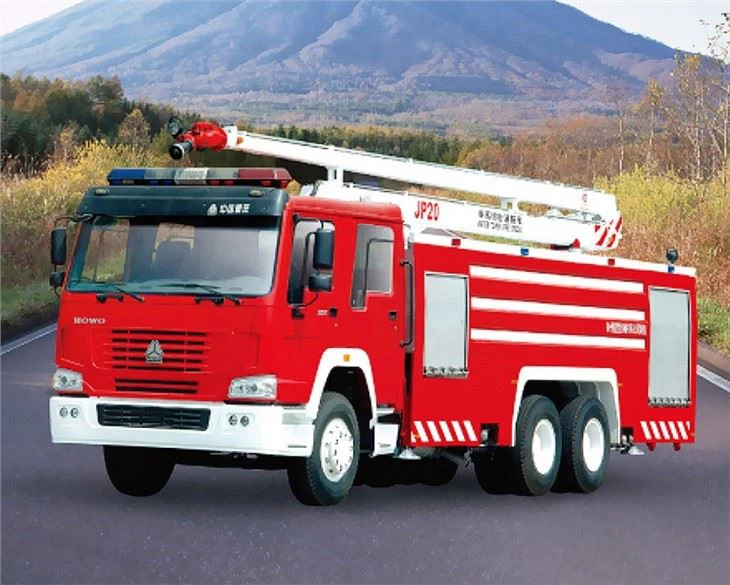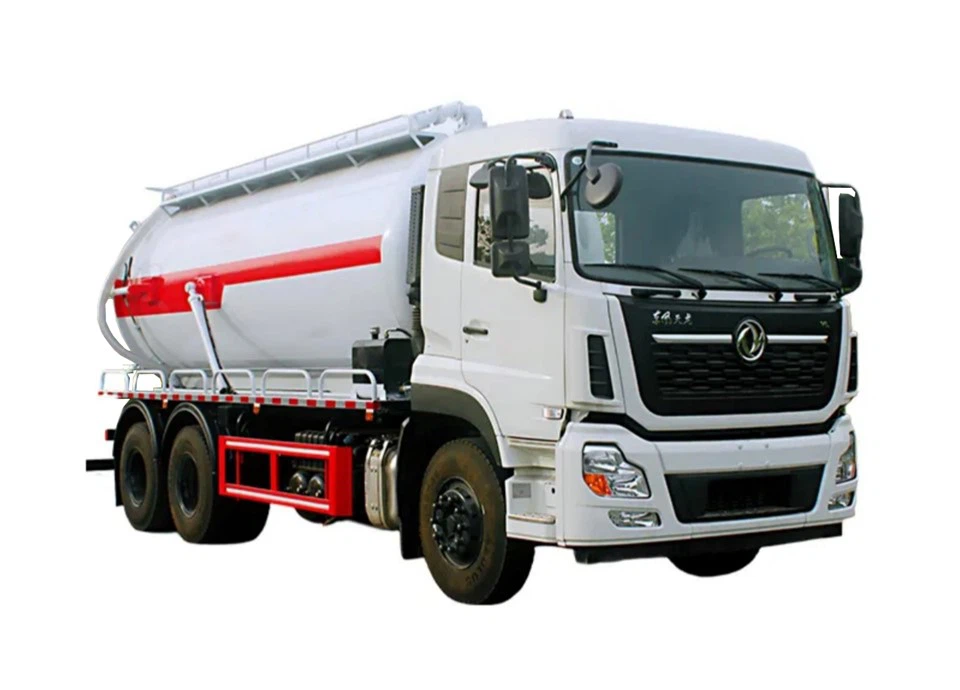Exploring the Ford Transit RV Class B: A Comprehensive Guide

Introduction
The Ford Transit RV Class B has become an exciting option for travelers seeking the ideal blend of comfort, utility, and versatility on the road. Whether you’re a solo adventurer, a couple, or a family looking for a mobile home experience, the Ford Transit provides ample space and features to meet your needs. This article delves deeply into everything you need to know about the Ford Transit RV Class B, from its design and specifications to tips for buying and maintaining one. Get ready to hit the road in style!
1. What is a Class B RV?
1.1 Definition and Overview
A Class B RV, often referred to as a camper van, is a compact and versatile option for road travelers. Built on a standard van chassis, Class B RVs offer the convenience of a vehicle and the comforts of a small home. The interior typically includes sleeping areas, kitchen amenities, and sometimes even a bathroom.
1.2 Advantages of Class B RVs
- Compact Size: Easy to drive and maneuver, particularly in urban areas.
- Fuel Efficiency: Generally more fuel-efficient than larger RV classes.
- Low Maintenance: With fewer mechanical complexities, they typically require less maintenance.
- Flexibility: Can park in standard parking spots, making them ideal for road trips.
2. Overview of the Ford Transit

2.1 Ford Transit Chassis
The Ford Transit chassis is renowned for its robust engineering and reliable performance. It offers various configurations, including different lengths and roof heights, allowing RV manufacturers to customize the interior layout to maximize space and comfort.
2.2 Key Specifications
| Specification | Details |
|---|---|
| Engine Options | 2.0L EcoBoost I-4 or 3.5L V6 |
| Towing Capacity | Up to 6,000 lbs |
| Payload Capacity | Up to 4,560 lbs |
| Wheelbase Options | 130″, 148″, 158″ |
3. Features of Ford Transit RV Class B
3.1 Interior Layout and Comfort
The interior of a Ford Transit RV Class B can be designed in various styles to cater to different preferences. Many feature a Murphy bed, which folds up into the wall to create additional living space during the day.
3.2 Kitchen Amenities
Ford Transit RVs often come equipped with a compact kitchen that includes:
- Refrigerator
- Stovetop or oven
- Microwave
- Sink with running water
3.3 Bathroom Facilities
Many models offer optional bathroom amenities, including a wet bath with a toilet and shower, which is incredibly useful for extended trips.

4. Popular Ford Transit RV Class B Models
4.1 Winnebago Revel
The Winnebago Revel is known for its 4×4 capability and rugged design. It is tailored for adventure seekers and offers features like a raiseable roof and a solar power system.
4.2 Coachmen Galleria
The Coachmen Galleria offers a luxurious interior with high-end finishes, smart technology features, and an efficient layout that maximizes space.
4.3 Roadtrek Zion
The Roadtrek Zion focuses on versatility with a flexible layout and options for customization. It emphasizes outdoor living with an additional screen room feature.
5. How to Choose the Right Ford Transit RV Class B

5.1 Consider Your Needs
When selecting a Ford Transit RV, consider your travel habits, passenger capacity, and desired amenities. Consider whether you will prioritize space, luxury, or off-road capability.
5.2 Budget and Financing Options
Establish a budget before exploring options. Take into account the purchase price, insurance, maintenance, and fuel costs. Look for financing partnerships with dealers for competitive payment plans.
5.3 New vs. Used Models
Decide between a new or used model based on your budget and the availability of features you desire. Used models can offer significant savings, but make sure to inspect for any wear and tear or mechanical issues.
6. Practical Tips for Maintaining Your Ford Transit RV
6.1 Routine Maintenance
Routine maintenance is crucial to keeping your Ford Transit RV running smoothly. Schedule regular oil changes, tire rotations, and brake inspections.
6.2 Winterizing Your RV
If you live in a region with harsh winters, it’s essential to winterize your RV to prevent damages. This includes draining the water system, adding antifreeze, and storing your RV properly.
6.3 Cleaning and Care
Keeping your RV clean inside and out will prolong its lifespan. Use appropriate cleaning products designed for RVs, and make sure to remove any moisture to prevent mold and mildew formation.
7. Travel Tips for Using Your Ford Transit RV Class B
7.1 Planning Your Routes
When traveling, plan your routes to include RV-friendly stops with ample parking. Utilize apps and websites that list RV parks and campgrounds.
7.2 Packing Essentials
Pack smartly to maximize space and ensure you have all necessary essentials, including cookware, bedding, and first aid kits. Use packing cubes to organize your belongings.
7.3 Staying Connected
Consider installing a mobile Wi-Fi hotspot or using cellular boosters to stay connected while on the road. This is especially helpful for navigation and communication.
8. Financing Your Ford Transit RV Class B
8.1 Understanding RV Loans
RV loans function similarly to traditional auto loans but may require slightly different terms. It’s crucial to understand interest rates, loan terms, and total costs before committing.
8.2 Credit Score Considerations
Your credit score can significantly impact loan offers. A higher score usually qualifies you for lower interest rates. Make sure to check your score before applying for financing.
9. Frequently Asked Questions
9.1 What is the average cost of a Ford Transit RV Class B?
The average cost varies widely depending on the model and options, ranging from $50,000 to over $150,000 for fully-equipped models.
9.2 How many people can comfortably sleep in a Ford Transit RV Class B?
Depending on the layout, most Ford Transit Class B RVs can comfortably sleep 2-4 people, with some models offering additional sleeping space through foldable furniture.
9.3 Are Ford Transit RVs fuel-efficient?
Ford Transit RVs are generally more fuel-efficient than larger RV classes. Many models achieve around 15-20 miles per gallon, depending on driving conditions and load.
9.4 Can you customize a Ford Transit RV Class B?
Yes, customization options are available through various manufacturers, allowing buyers to choose features that fit their specific needs and preferences.
9.5 How often should I service my Ford Transit RV?
Regular maintenance should be performed based on the manufacturer’s recommendations or every 5,000 to 7,500 miles.
9.6 What are the key factors to consider when buying a used Ford Transit RV?
When buying used, check the mileage, overall condition, past maintenance records, and warranty coverage. Make sure to have a mechanic inspect it before purchase to ensure everything functions properly.
